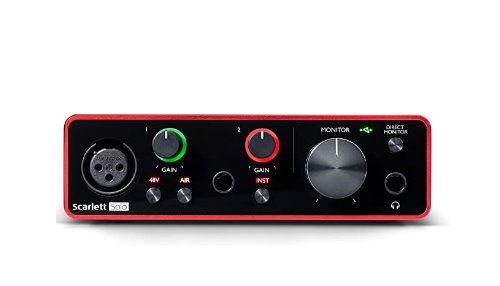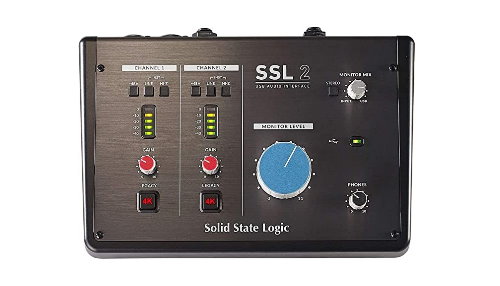Recommended Home Studio Gear
You can be an extremely talented as a voice actor and do the most unbelievable reads but if your not set up properly to record those reads then it’s kind of like singing in the shower. Most of us sound great in the shower but if we were to listen back we may not be as impressed. 😱. I’d hate for you to lose out on jobs because your sound isn’t right. So with that in mind here are the things you need to set up a successful home studio.
Microphone
There is no one mic for everybody, you may have to test some before finding the right one. Check out my suggestions…
Audio Interface
If you choose to go with an XLR mic then you will need an audio interface. See my suggestions…
Mic Cable & Stand
This is probably the most overlooked item in your studio. I know I did! My friend Jordan Reynolds “Audio Ninja” taught me
about this. See recommendations here…
Acoustic Treatments
This is actually the most essential part of setting up your home studio. The best mic in the world is still not going to sound great if the acoustics are not set up properly. Keep in mind, you are not “soundproofing” your space you are doing all that you can to create as quiet a space as possible and baffle noise. I have put together a list of acoustic treatments for every price range here…
Headphones
Headphones are necessary not only to hear yourself while recording but also for editing. It’s amazing what we don’t hear through our speakers but we do hear with headphones. Here are some for you to consider…
Recording Software
All DAW’s (Digital Audio Workstations) are not the same. Some do too much for what you need as a voice actor and some do too little. As with everything else there are various price ranges and I have put together a list of some of them here…
Pop Filter
Are they essential? Not really but they can help with plosives and other noises. I have a couple of suggestions here…
Pay To Play Sites
What we all want to know…where are the jobs? There are lot of what is known as ‘Pay to Play” sites out there. You pay a subscription fee to have auditions sent to you. I’ve put together a list of a few I have tried and some I havent. You can see that list here…
MICROPHONE & AUDIO INTERFACE UNITS
If you’re looking to upgrade your existing microphone there many to choose from ( see my list below) I I recommend my friend Jordan Reynolds “Audio Ninja”. He will analyze your current microphone, voice print, and room – and then based on what he hears he can make recommendations for specific microphone models that will work best for your situation.
USB Microphones
JUST GETTIN' STARTED - USB MICROPHONES
The latest version of the granddaddy of home microphones still delivers.
In the $150 range.
I BOOKED A FEW AND WANNA UP MY GAME - XLR MICS
 CAD Audio E100SX
CAD Audio E100SX
Very smooth and natural giving you a full, rich vocal sound
In the $200 range.
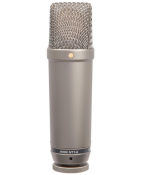 Rode NT1-A
Rode NT1-A
One of the more popular mics for voice over. Can create harsh sounds on higher pitched voices.
In the $230 range
 Sennheiser MK 4
Sennheiser MK 4
A powerful warm sound, with vivid mids and a detailed bass range, making the MK 4 perfect for vocals.
In the $550 range
I WANNA GO BIG TIME!
 Sennheiser MKH416
Sennheiser MKH416
No-compromise sound quality, makes it a terrific choice for pro-level projects.
In the $1000 range.
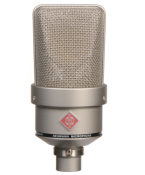 Neumann TLM 103
Neumann TLM 103
The industry standard. Eliminates unwanted noise. fantastic for all ranges of voice work.
In the $1300 range
 Universal Audio Sphere DLXShure
Universal Audio Sphere DLXShure
Recommended by my friend Jordan Reynolds, so good enough for me!
In the $550 range
USB Audio Interfaces
Scarlett Solo
Very popular starter audio interface. Solid performer for a one mic set up.
In the $130 range
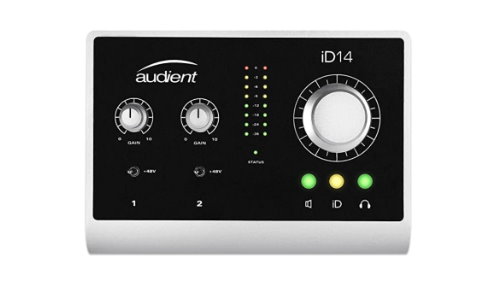 Audient iD14
Audient iD14
The next step up in audio interfaces. Very solid performer with a bit more oomph
In the $280 range.
 Universal Audio Apollo Solo
Universal Audio Apollo Solo
The Apollo Solo Heritage Edition delivers top-shelf sound quality. What’s more, you get a premium suite of five award-winning plug-in titles
In the $700 range.
MICROPHONE CABLES & STAND
This section is for those of you with an XLR mic, not a USB mic. As I mentioned mic cables can make a difference. The cheaper ones (that sometimes come as part of the microphone kit) can add hiss and other noises to the recording. Here are a couple of very reliable options for you.

Livewire Advantage Cable
Affordable and great sound If you’re on a budget.
In the $20 range.

Mogami Gold Studio Cable
Yes they’re expensive but well worth it. I use this cable in my studio.
In the $75 range.

Mic Stands
Full size? Desktop? Boom? Depends on your needs and room.
ACOUSTIC TREATMENTS
Without a doubt this is the number one thing that can make or break your success. My rule of thumb is “if in doubt…cover it up!” You really can’t go wrong being overly aggerssive with your acoutstic treatments. What you want to do is to cover all the hard surfaces in whatever room you use as your studio. This helps to prevent echo or a hollow sound as our voices bounce off hard surfaces like a superball on asphalt.
You are looking to baffle as much noise as possible – you’re not going to make your room soundproof or be able to block loud noises like your neighbor’s leaf blower, garbage trucks, air conditioners and that kind of thing. If that’s what you’re looking for then that is definitely going to put you in the “expensive solution” category.
I recommend everything fron blankets and pillows you have around the house to acoustic tiles, producer blankets, and booths.
Low Budget Acoustic Solutions

Any Closet
Walk-in is preferred but any size will do. The more clothes and soft things the better off you’ll be.

Thick Blankets & Pillows
The thickest ones you have in the house is what you want.

Moving Blankets
Cover your walls, ceiling and whatever hard surfaces are near your microphone.
Middle Budget Acoustic Solutions

Acoustic Tiles
2″ acoustic tiles. Be sure to measure your space to see how many you will need.
In the $50 range

Acoustic Panels
Again, depending on the space you’re suing as a studio you will need at least 2-4 of these
In the $50 range

Producers Blankets
I use these in my studio. I reccomend paying the little extra for the grommets.
In the $60 range
BIG Budget Acoustic Solutions

Blanket Booth
From vocalboothtogo.com this is a great option as it is also mobile.
In the $1300 range

Studiobricks One
The mac daddy of vocal booths. If you go this route be sure to ge the double wall booth.
Prices upon request on website
HEADPHONES
Headphones are an important part of your studio equipment, without them you can miss out on the small things messing up your audio. Be sure you get a pair of closed back “monitoring” or “studio” grade headphones. The ones that are great for listening to music can add to much processing and that will affect your editing.

MG900
Budget friendly headphones built for dtudio monitoring
In the $20 range
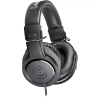
Audio Technica ATH-M20x
A reliable source for monitoring in home and professional studio environme
In the $50 range

Sennheiser HD 280 PRO
Built for professional studio monitoring. Closed back, circumaural design and efficient design delivers loud soung
In the $100 range
RECORDING SOFTWARE & POP FILTERS
The software you choose is totally up to you (and there are ton to choose from which to choose) and range in price from free to fairly expensive.
Twisted Wave –
Built for Mac users, yes there is an online version for windows but I don’t recommend it. Priced well.
Adobe Auidition
Good for Mac & PC users. It’s part of Adobe’s cloud based service. You can pay monthly or annually.
Reaper
Can be run by either Mac or Pc users and is reasonably priced.
For Mac & PC users. If you simply have no budget right now then Audacity is a solid free downloadable program that will get you through until you can upgrade.
Are they essential? Not really but they can help with plosives and other noises. Here a couple of ways you can go.
Auray PFSS-55 Pop Filter
Features double-layered nylon to greatly reduce noise from plosives and gently disperses the explosive rush of air from speaking and breathing, while protecting your microphone from corrosive moisture.
SE-Electronics Metal Pop Filter
Metal mesh screen that is louvered at an angle so breath blasts are filtered out without attenuating higher frequencies.
Telefunken PL05
Sits directly on your mic and protects it from vocal plosives and blasts of air. This low-profile pop filter utilizes lightweight elastic bands to attach directly to your mic without requiring a clamp. Note: Because this sits directly on the mic it is not quite as effective as the goose neck screens.
PAY TO PLAY SITES
Here are some sites that I have used and some I have not .*
Voices.com
Subscription fee around $500/year
Voice123
Thye offer tiered memberships so pricing will vary
Mandy
A multi-leveled platform for creative types including opportunities for voice over. Membership is around $25/month.
Bodalgo is a huge site run out of Germany so there are many, many overseas opportunities. Pricing is around $350/year or there are monthly options as well.
©2021 Bill Does Voices




